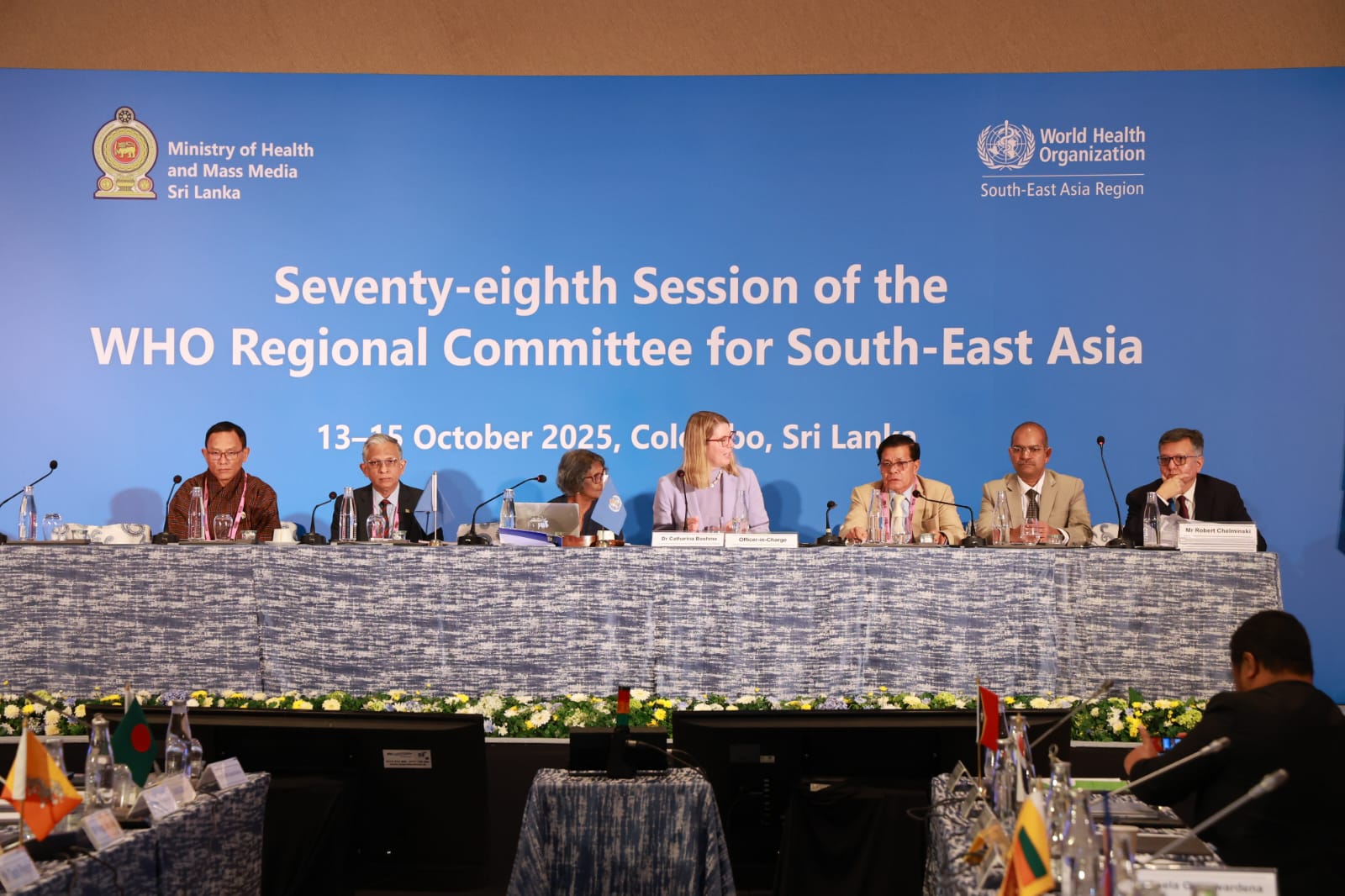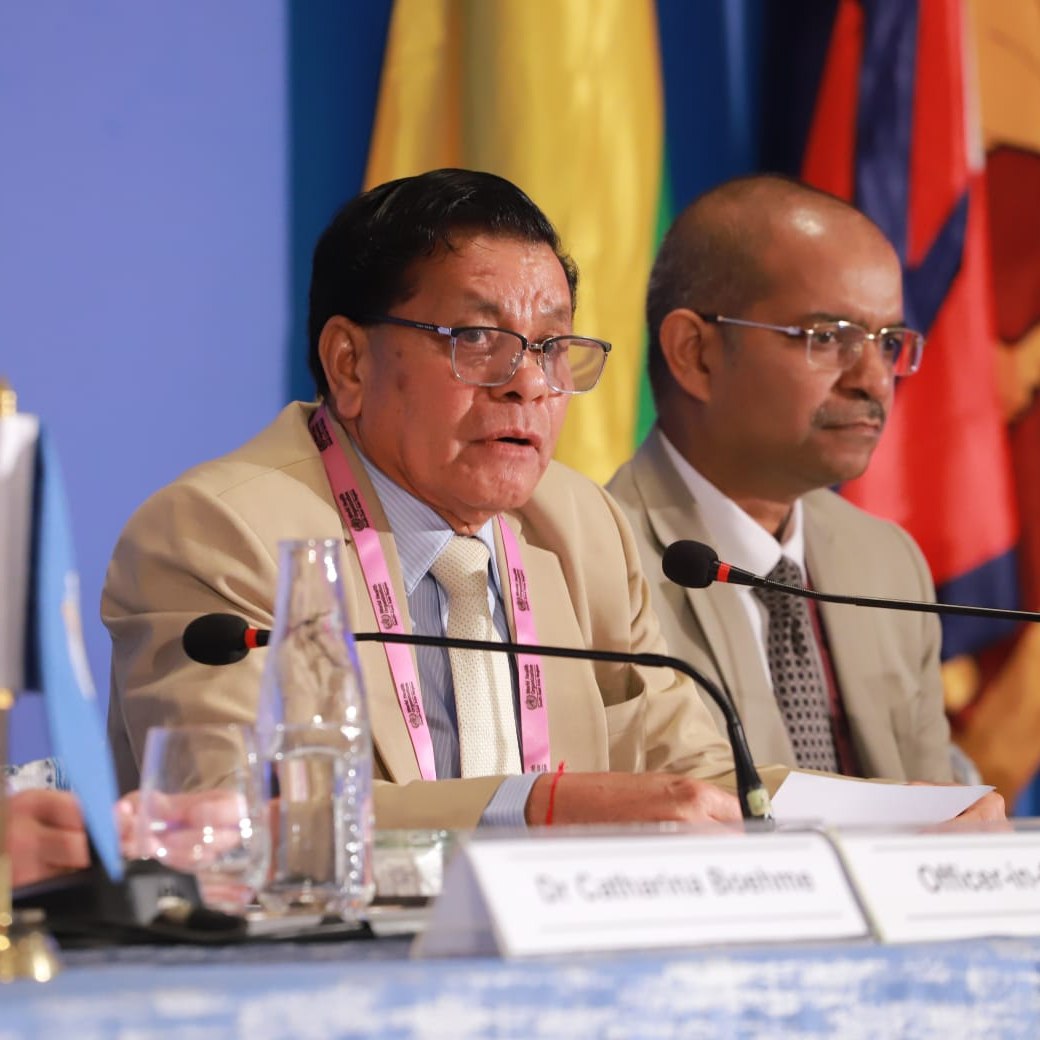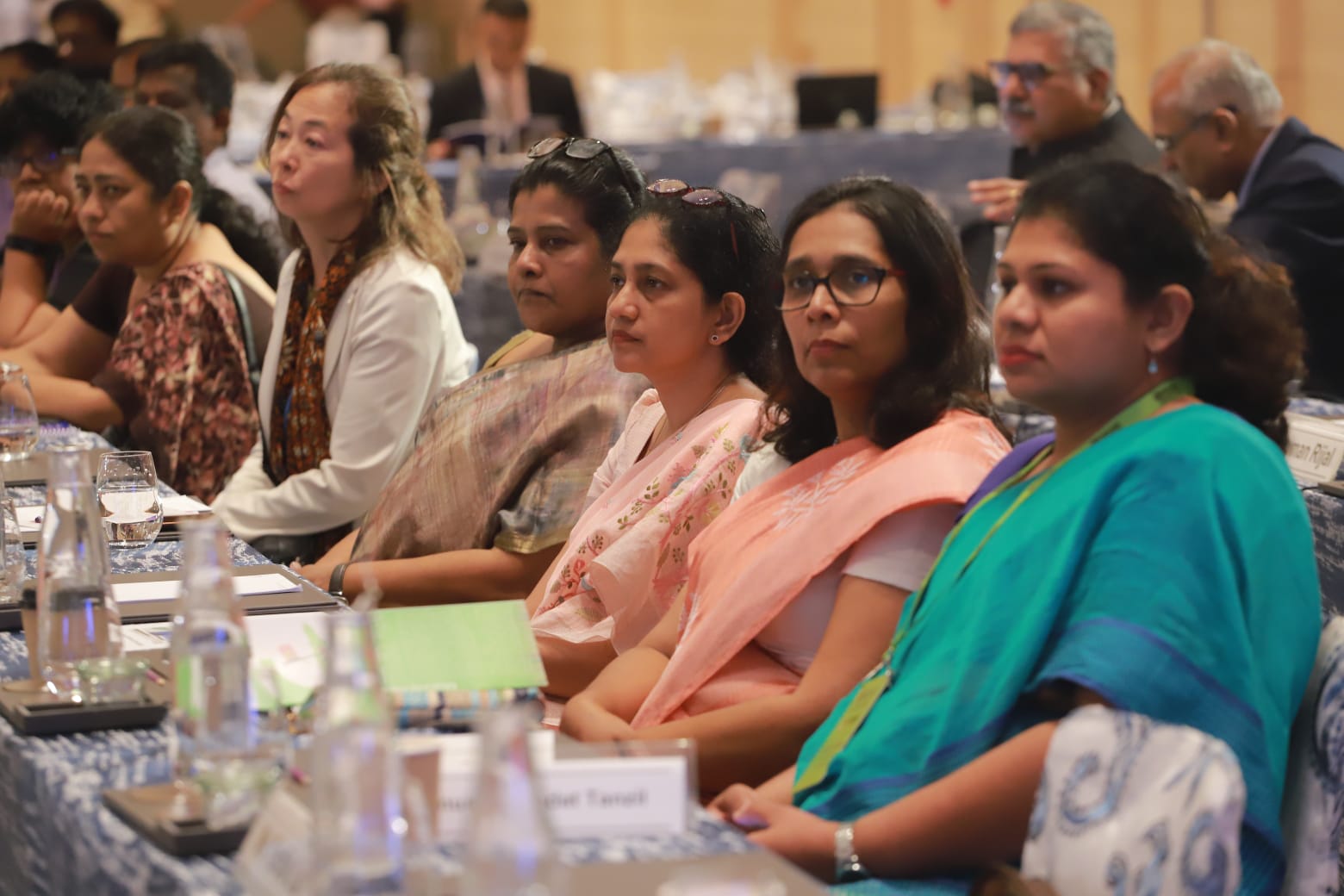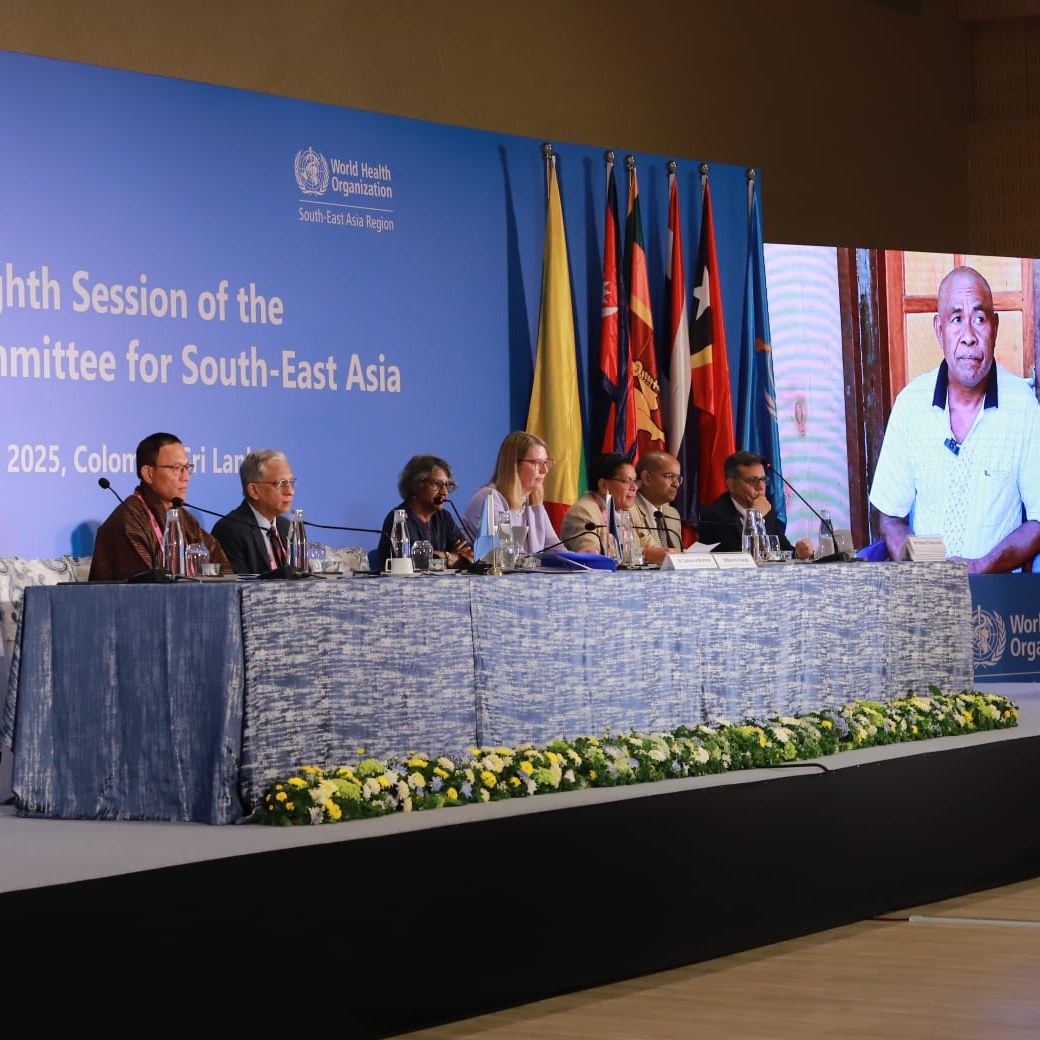Colombo: Timor-Leste’s achievement of eliminating malaria took center stage at a high-level side event jointly hosted by the WHO South-East Asia Regional Office (SEARO) and the Government of Timor-Leste. Certified malaria-free by WHO in July 2024, Timor-Leste became the third country in the Region after Sri Lanka and the Maldives to achieve this milestone.
The session, held on 15 October during the Seventy-eighth Session of the WHO Regional Committee in Colombo, explored the recipe for elimination, sharing lessons from countries that have achieved, sustained, or are nearing malaria elimination.
Opening the event, Dr Catharina Boehme, Officer-in-Charge, WHO SEAR, said: “Yesterday, our Region witnessed history when Timor-Leste formally received from the Director-General of WHO, the certificate for malaria-free status. It was a proud moment for the country, for our Region.” She added, “Timor-Leste’s certification this July proves that progress is possible despite limited resources, geographical challenges, and competing priorities”.

Timor-Leste’s journey from 200,000 malaria cases in 2006 to zero within two decades is a story of strong leadership, effective partnerships, and the dedication of healthcare workers across the country, said Vice Minister of Health José Reis Magno, speaking at the event.
The country’s actions ranged from mass distribution of mosquito nets and preventive treatment to building a cadre of entomologists, introducing integrated vector-borne disease control strategies and electronic case-based surveillance, in addition to strong cross-border collaborations.
Magno credited Timor-Leste’s success to its commitment to a scientific, evidence-based approach, guided by WHO and supported by partners such as the Global Fund. “Following elimination, preventing the reintroduction of malaria will remain our highest priority,” he said.
Public health expert and malariologist Prof. Kamini Mendis, who moderated the event, said that several countries, “even as far as Latin America,” are keen to learn from Timor-Leste’s experience in malaria elimination.

As the session shifted from celebration to lessons learned, Sri Lanka shared its experience of sustaining malaria-free status for 13 years. “Sustaining elimination is as demanding as achieving it,” shared Dr Asela Gunawardena, Director-General of Health Services. “Our greatest strength- and challenge- has been maintaining vigilance at all levels”.
Nearly all infections in Sri Lanka are now imported, mainly from travellers and migrant workers. “Preventing re-establishment depends entirely on responding to these cases swiftly. We investigate in 24 hours,” Dr Gunawardena said.
Elimination is also hugely cost-effective. “If malaria returned to 1999 levels, annual health system costs could rise 13 times. The benefits extend beyond direct costs, as productivity improves, tourism flourishes, and national wellbeing grows.”
Bhutan, which has reported zero indigenous malaria cases for the past three years and now aims to become the Region’s next malaria-free country, shared how strong surveillance and community vigilance can turn low-burden areas into success stories.
Kinga Jamphel, Director, Department of Health Services, attributed Bhutan’s progress to a community-driven surveillance system, combining passive, active, and reactive case detection. “Cases are detected within a day, investigated within three, and response completed within seven,” he said.
Village health workers conduct house-to-house surveillance, monitor fever cases, and promote community awareness. Bhutan’s strategy also engages private diagnostic centres to screen migrant workers from endemic areas, while cross-border collaboration with India has been crucial in preventing reintroduction.

Nepal has reduced indigenous malaria cases by over 95% since 2014, reporting just 50 cases in 2024, and now stands close to becoming another success story.
Dr Chandra Jha, Director of Epidemiology and Disease Control, said that with 96% of malaria cases imported, Nepal’s greatest challenge now lies in managing cross-border transmission. To address this, every case is investigated within 24 hours, with community health volunteers playing a key role in identifying and treating returning migrants promptly.
Mr Pushpendra Rajput, Joint Secretary, Ministry of Health and Family Welfare, India, reaffirmed India’s goal to eliminate malaria by 2030, with an intermediate target of zero indigenous cases by 2027. Between 2015 and 2024, India achieved a 78% decline in malaria cases.
Given India’s vastness, the country has adopted a sub-national approach that tailors interventions to district-level realities. “District-led microplanning ensures accountability, while collaboration with neighbouring countries like Bhutan and Nepal strengthens border vigilance.” India called on WHO Regional office to continue harmonising standards and sharing lessons.
Partners such as the Asian Development Bank and the Bill & Melinda Gates Foundation underlined the role of system strengthening and the need to support innovations.
Dr Eduardo Banzon of the Asian Development Bank (ADB) said the key to sustaining malaria elimination lies in strong health systems and regional financing. He added that ADB’s support for Bhutan and Sri Lanka included strengthening national health systems with regional cooperation components.

Dr Bhupendra Tripathi from the Bill and Melinda Gates Foundation stressed the importance of innovation and vigilance. “We must strengthen surveillance and follow-up, study drug and insecticide resistance, and engage the private sector to gather timely data,” he said.
A Small Nation’s Giant Victory Over Malaria
